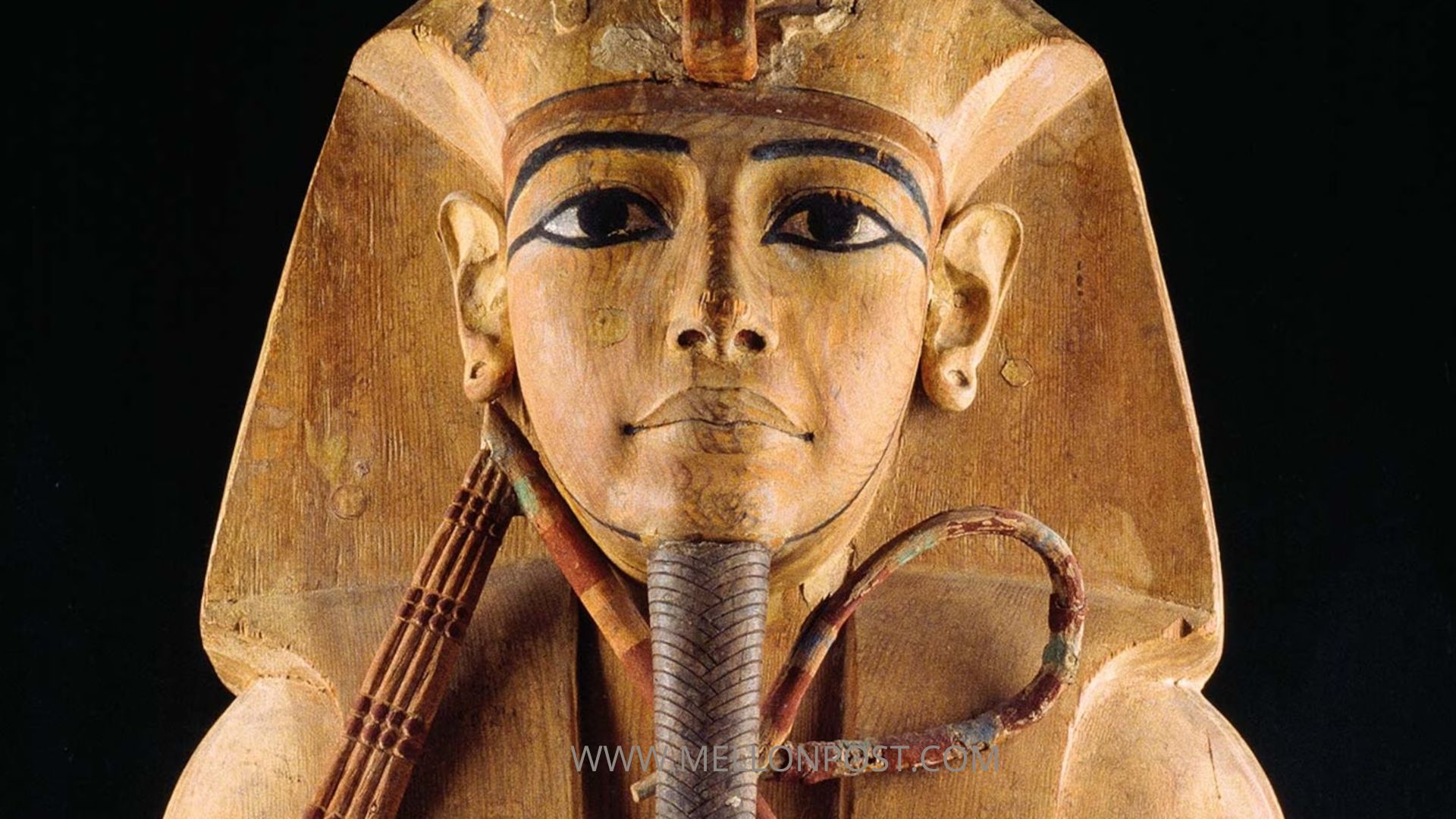
The History of Rameses II: The Great Pharaoh of Ancient Egypt
Table of Contents
Rameses II, commonly known as Ramses the Great, was one of the most significant and powerful pharaohs of ancient Egypt. His reign, which lasted from 1279 to 1213 BCE, marked a high point in Egyptian history, characterized by military prowess, monumental architecture, and a flourishing of culture.
Early Life and Ascension to the Throne
Ramses II was born around 1303 BCE, the son of Seti I and Queen Tuya. His family belonged to the 19th Dynasty, which rose to power after the tumultuous period of the Amarna Revolution under Akhenaten. Seti I, Ramses’ father, worked diligently to restore the power and prestige of Egypt, which had waned during Akhenaten’s reign.
From a young age, Ramses was groomed for leadership. He was appointed as a captain in the army at just ten years old and accompanied his father on military campaigns, gaining invaluable experience. Upon Seti I’s death, Ramses ascended to the throne at the age of about 25, inheriting a kingdom that was both prosperous and militarily strong.
Military Campaigns and the Battle of Kadesh
Ramses II is perhaps best known for his military exploits, particularly his campaigns against the Hittites. His most famous battle was the Battle of Kadesh in 1274 BCE, which took place near the city of Kadesh in present-day Syria. This battle was one of the largest chariot battles in history, with an estimated 5,000 to 6,000 chariots involved.
Initially, Ramses faced a surprise attack from the Hittite forces led by King Muwatalli II. Despite being outnumbered, Ramses managed to regroup his troops and fought valiantly. Although the battle ended in a stalemate, Ramses claimed a great victory, using it to bolster his image and secure his position as a formidable leader. He famously depicted the battle in numerous inscriptions and reliefs, emphasizing his bravery and military skill.
Following the battle, Ramses and Muwatalli II eventually negotiated a peace treaty, which is considered one of the earliest known peace agreements in history. This treaty established friendly relations between Egypt and the Hittites, allowing Ramses to focus on consolidating his power and expanding Egypt’s influence in the region.
Architectural Achievements
Ramses II was not only a military leader but also a prolific builder. He initiated an extensive building program that transformed the landscape of Egypt. One of his most significant achievements was the construction of the city of Pi-Ramesses in the Nile Delta, which served as the new capital of Egypt. This city was renowned for its impressive architecture, including temples, palaces, and administrative buildings.
Among his architectural masterpieces are the Ramesseum in Thebes, a mortuary temple dedicated to himself, and the magnificent temples at Abu Simbel, carved into the mountainside to honor the gods and commemorate his victories. The temples at Abu Simbel are particularly notable for their colossal statues of Ramses himself, standing over 20 meters tall, symbolizing his divine status and power.
Cultural Legacy
Ramses II’s reign was marked by a flourishing of culture and the arts. He was a patron of the arts, and his reign saw the production of numerous sculptures, paintings, and inscriptions that celebrated his achievements and the gods of Egypt. His legacy is also evident in the literature of the time, which often depicted him as a heroic figure.
Ramses was known for his numerous marriages, including his most beloved wife, Nefertari, who was honored with a magnificent temple at Abu Simbel. He fathered over 100 children, ensuring the continuation of his lineage and the stability of his dynasty.
Death and Legacy
Ramses II died around 1213 BCE, likely at the age of 90, making him one of the longest-reigning pharaohs in history. His mummified remains were discovered in the Royal Cache in 1881 and are now displayed at the National Museum of Egyptian Civilization in Cairo.
Ramses II’s legacy endures as a symbol of ancient Egyptian power and culture. He is often regarded as one of the greatest pharaohs, and his accomplishments in military, architecture, and the arts have left an indelible mark on history. His reign is frequently seen as the apex of the New Kingdom, a period characterized by wealth, power, and cultural achievement.
Continue reading: Who was the first king of England ?

